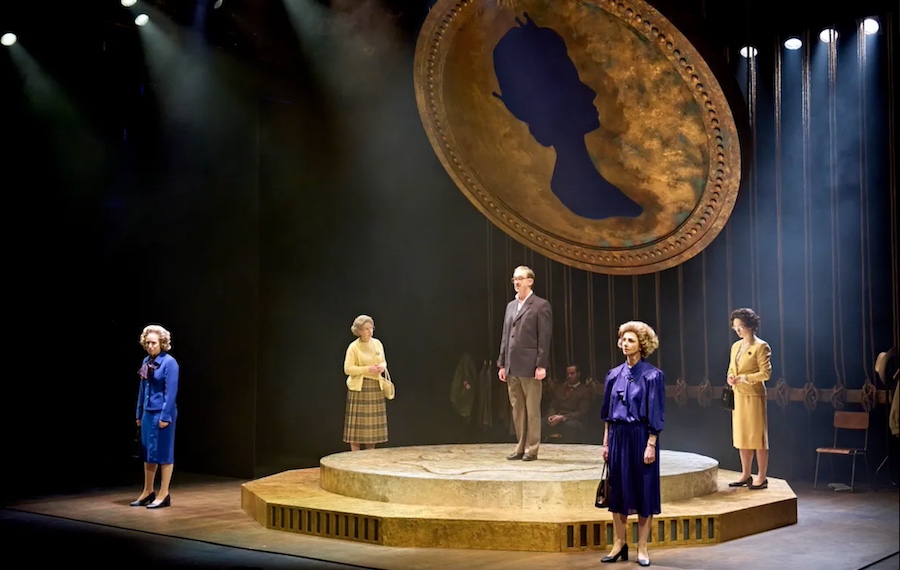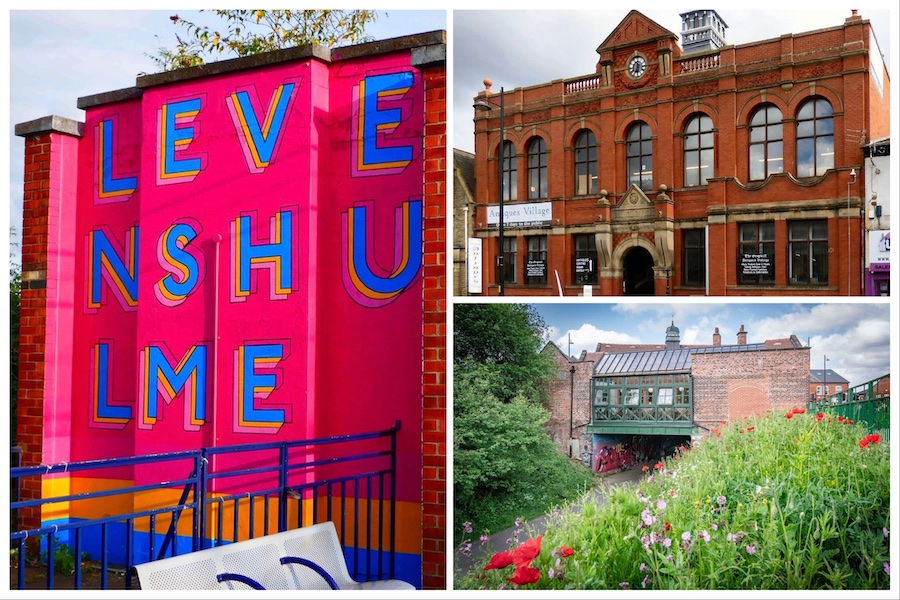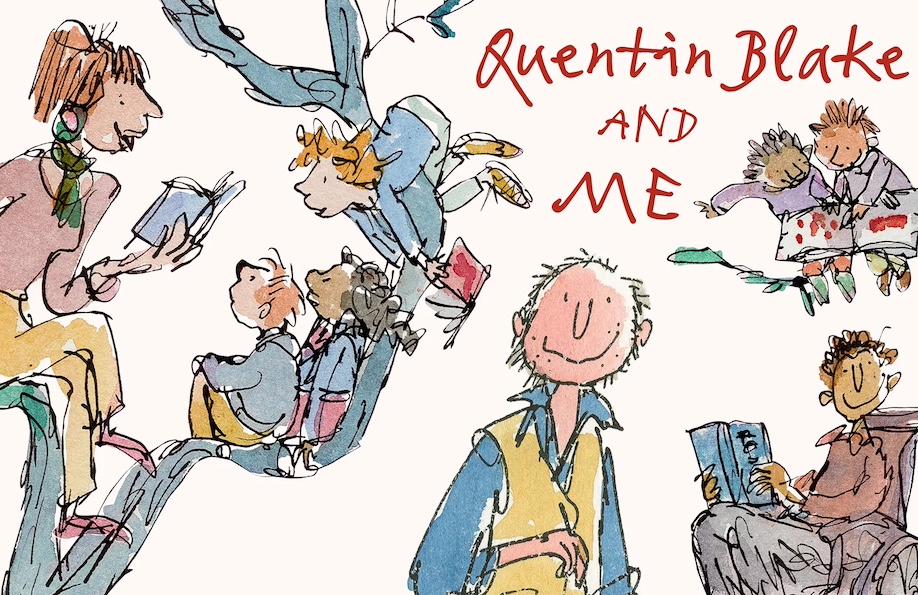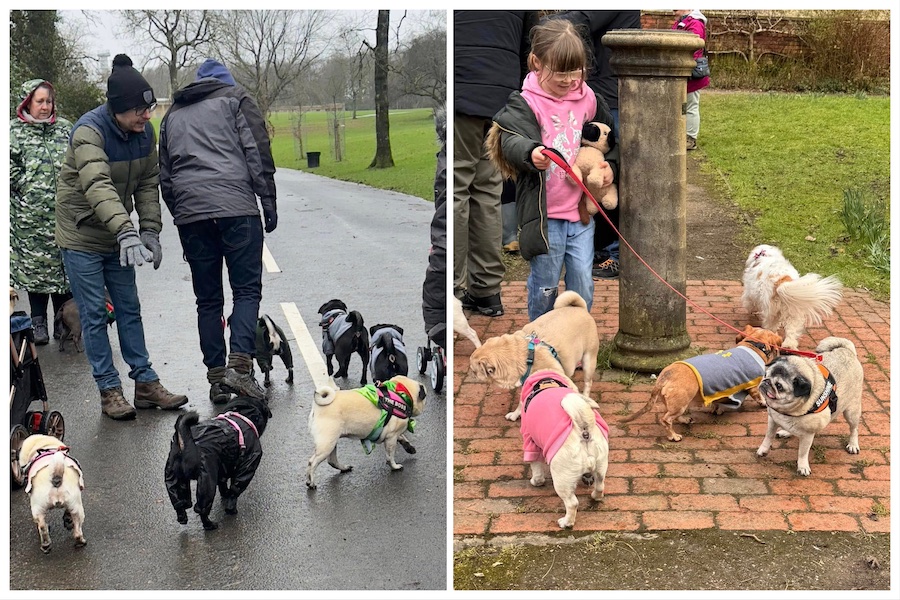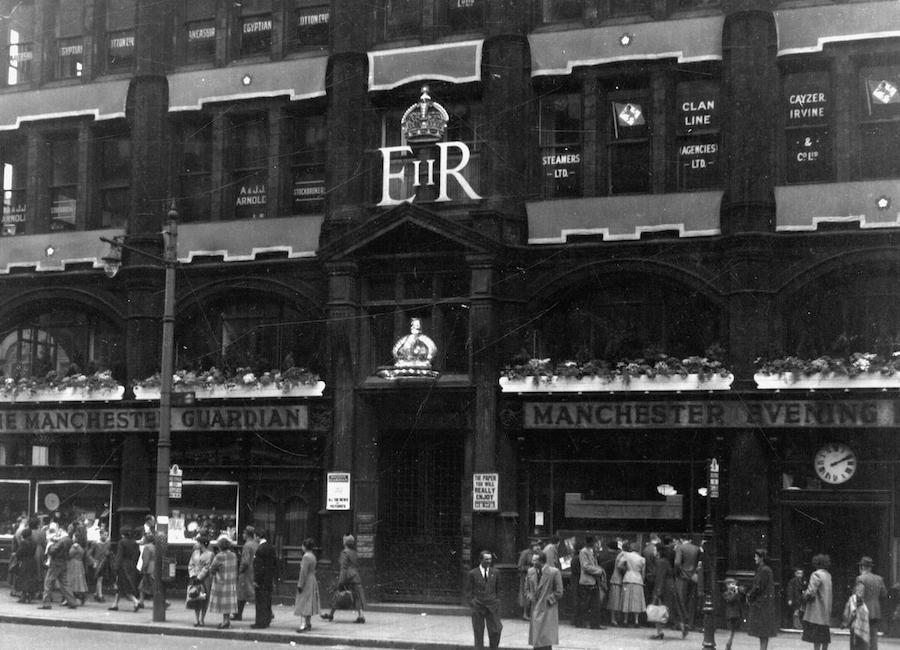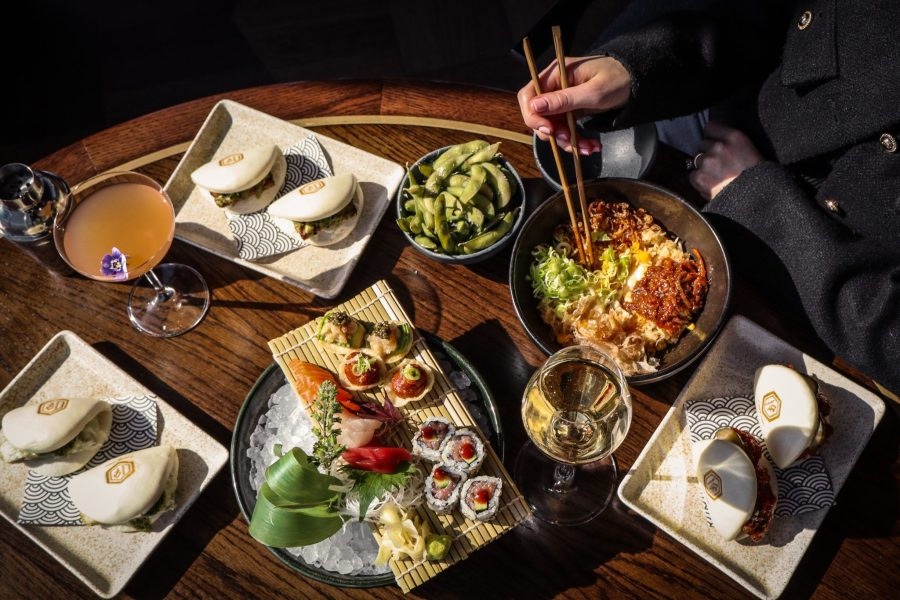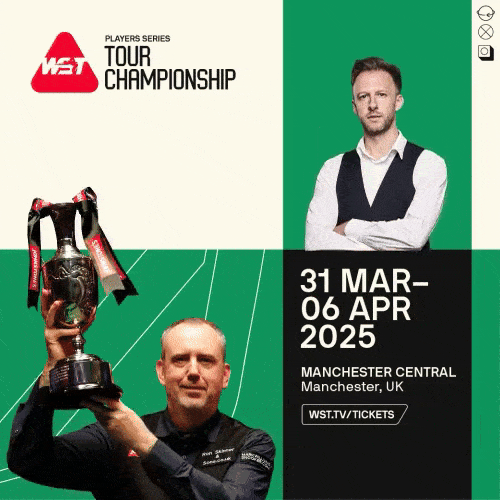Discotheque Royale vs. Piccadilly 21s: which was your favourite 90s Manchester club?
- Written by Thom Bamford
- Last updated 2 years ago
- Cornerstone, History
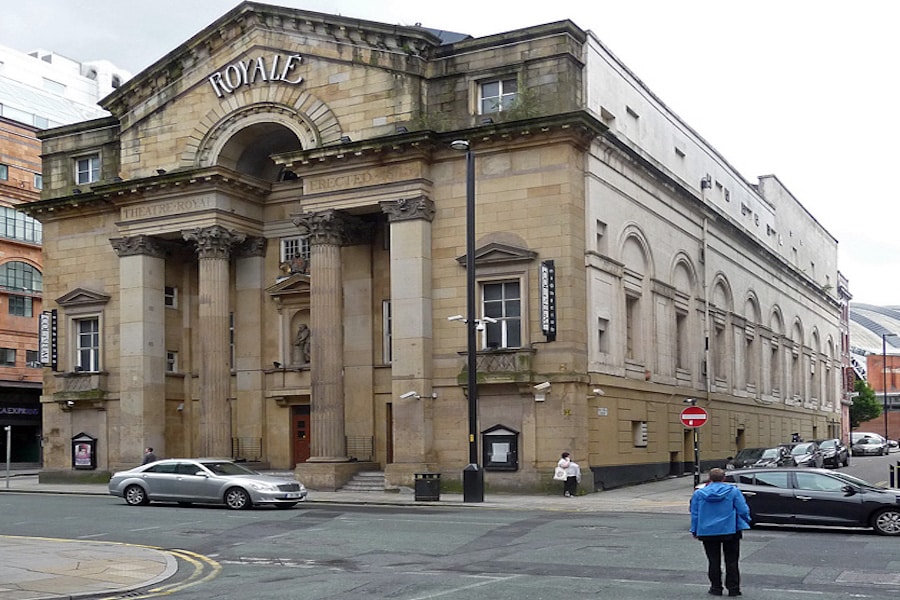
Manchester’s nightlife scene has always been a major attraction, with countless bars and clubs opening their doors to revellers seeking a good time around every corner.
Two clubs that stood out from the rest were the Discotheque Royale and Piccadilly 21s, both of which were iconic nightspots that captured the imaginations of partygoers in the 90s.
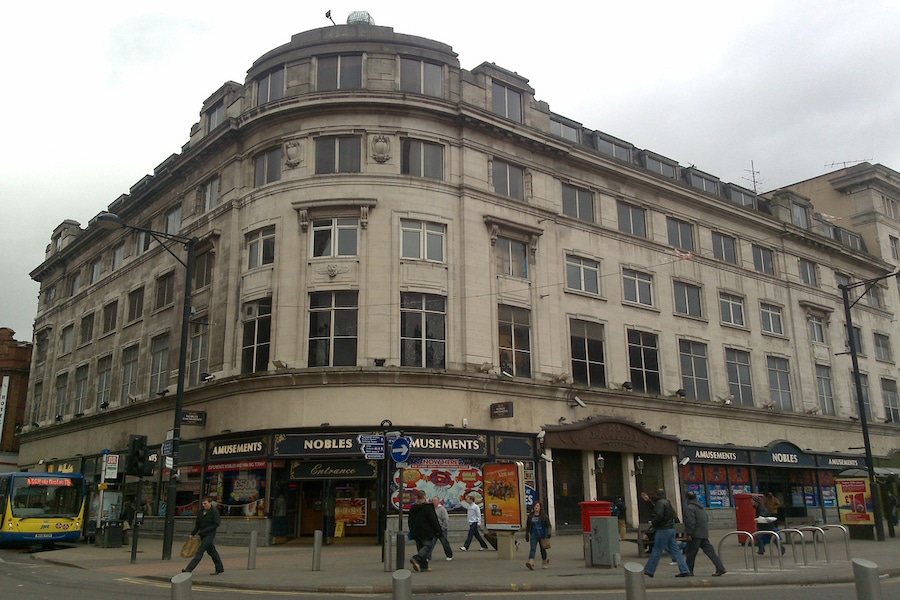
Discotheque Royale
Discotheque Royale, located in the historic Theatre Royal building on Peter Street, was a popular party spot that opened its doors in 1978.
It quickly became known for its energetic atmosphere and memorable club nights that drew in crowds from all over the city.
Over the years, the club underwent several rebranding efforts and was known as Coliseum and M-Two before closing its doors for good in 2009.
Piccadilly 21s
Piccadilly 21s, on the other hand, was located in the heart of Piccadilly Gardens and was a party paradise that Manchester needed.
The club had a reputation for being loud, messy and sticky, but also for its notoriously cheap drinks.
The club was infamous for its rough atmosphere, frequent fights, and involvement in dodgy gang drug deals.
The building previously housed a massive Woolworth store, which was tragically affected by a deadly fire in 1979, resulting in several fatalities and subsequent safety regulations.
It also featured a hot dog seller outside selling 50p a punt hot dogs that often caused huge queues late into the night.
After years of closure, the building was transformed into an amusement arcade and nightclub, both known for their loud and cheap entertainment.
Piccadilly 21s attracted a crowd of individuals who couldn’t get into other, more popular venues, earning a reputation as a “spill-off” club.
The club featured two spacious floors, with a large dancefloor on the first floor and a surrounding balcony.
The upstairs area included a dark and quiet seating area, as well as a VIP section in the far corner, known for its extravagant and train carriage-like design.
It was known for its unique features, including chandeliers and plush sofas in the toilets, that set it apart from other clubs in the city.
Unfortunately, 21s gained a somewhat sinister reputation as gang members and other unsavoury figures became a solid part of its clientele, leading to its permanent closure in 2004.
Manchester’s favourite nightclub
For many Manchester locals, Discotheque Royale and Piccadilly 21s were the go-to places for a night out.
Usually, people would go to one or the other, depending on their preference for music, atmosphere, or just personal preference.
Discotheque Royale attracted crowds with its lively music scene and electric atmosphere, while Piccadilly 21s was famous for its cheap drinks, unique décor and energetic ambience.
For those who frequented Discotheque Royale, the club left an indelible mark on their memories.
The club’s dance floor was always packed, and its music was some of the best in the city.
The DJs at Discotheque Royale were known for their eclectic mix of genres, ranging from classic 80s hits to the latest dancefloor anthems. The club’s vibe was infectious, and partygoers would dance the night away, lost in the music and the energy of the crowd.
For others, Piccadilly 21s was the ultimate party destination.
The club’s sticky floors and loud music were part of its unique charm.
The drinks were famously cheap, and the chandeliers in the toilets added a touch of class to an otherwise raucous setting.
Many students made Piccadilly 21s their regular hangout, drawn in by its lively atmosphere and affordable prices.
Discotheque Royale or Piccadilly 21?
Despite the many differences between these two iconic Manchester clubs, they both share a place in the hearts of many locals.
Whether you preferred the electric atmosphere of Discotheque Royale or the sticky floors and cheap drinks of Piccadilly 21s, these clubs were a vital part of Manchester’s nightlife scene in the 90s.
In the years since their closure, many Manchester residents have looked back fondly on these two iconic clubs.
For those who were lucky enough to experience their unique charm and energy, the memories live on.
- This article was last updated 2 years ago.
- It was first published on 16 May 2023 and is subject to be updated from time to time. Please refresh or return to see the latest version.
Did we miss something? Let us know: [email protected]
Want to be the first to receive all the latest news stories, what’s on and events from the heart of Manchester? Sign up here.
Manchester is a successful city, but many people suffer. I Love Manchester helps raise awareness and funds to help improve the lives and prospects of people across Greater Manchester – and we can’t do it without your help. So please support us with what you can so we can continue to spread the love. Thank you in advance!
An email you’ll love. Subscribe to our newsletter to get the latest news stories delivered direct to your inbox.
Got a story worth sharing?
What’s the story? We are all ears when it comes to positive news and inspiring stories. You can send story ideas to [email protected]
While we can’t guarantee to publish everything, we will always consider any enquiry or idea that promotes:
- Independent new openings
- Human interest
- Not-for-profit organisations
- Community Interest Companies (CiCs) and projects
- Charities and charitable initiatives
- Affordability and offers saving people over 20%
For anything else, don’t hesitate to get in touch with us about advertorials (from £350+VAT) and advertising opportunities: [email protected]

Here’s how you can support Manchester’s pug rescue and keep the pugs snuggling
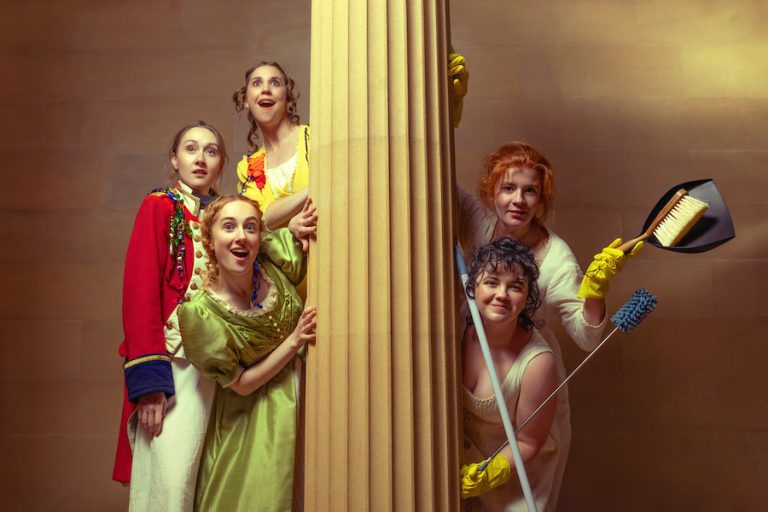
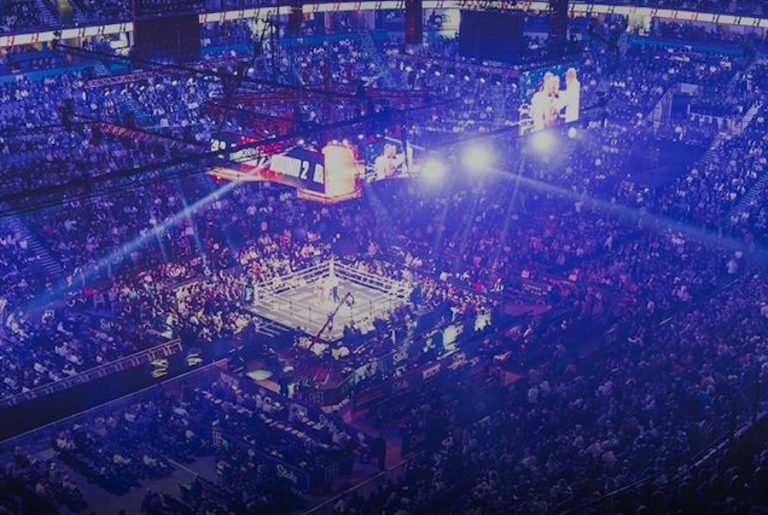
WWE returns to the AO Arena this year – here’s how you can win tickets
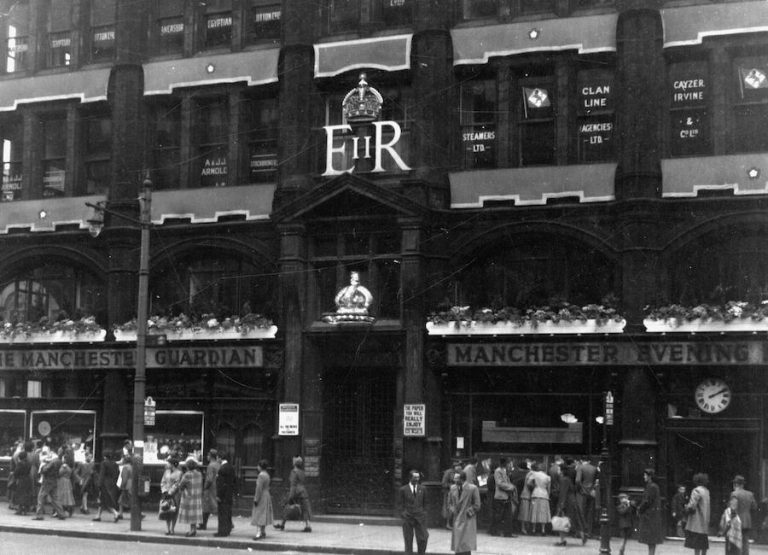
How Manchester’s turbulent past shaped a global icon of journalism
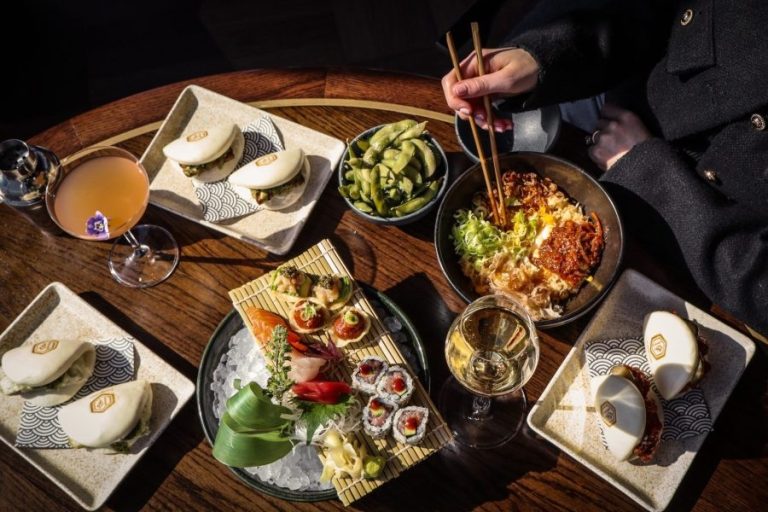
Has Gordon Ramsay created Manchester’s ultimate bottomless brunch?






